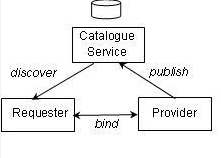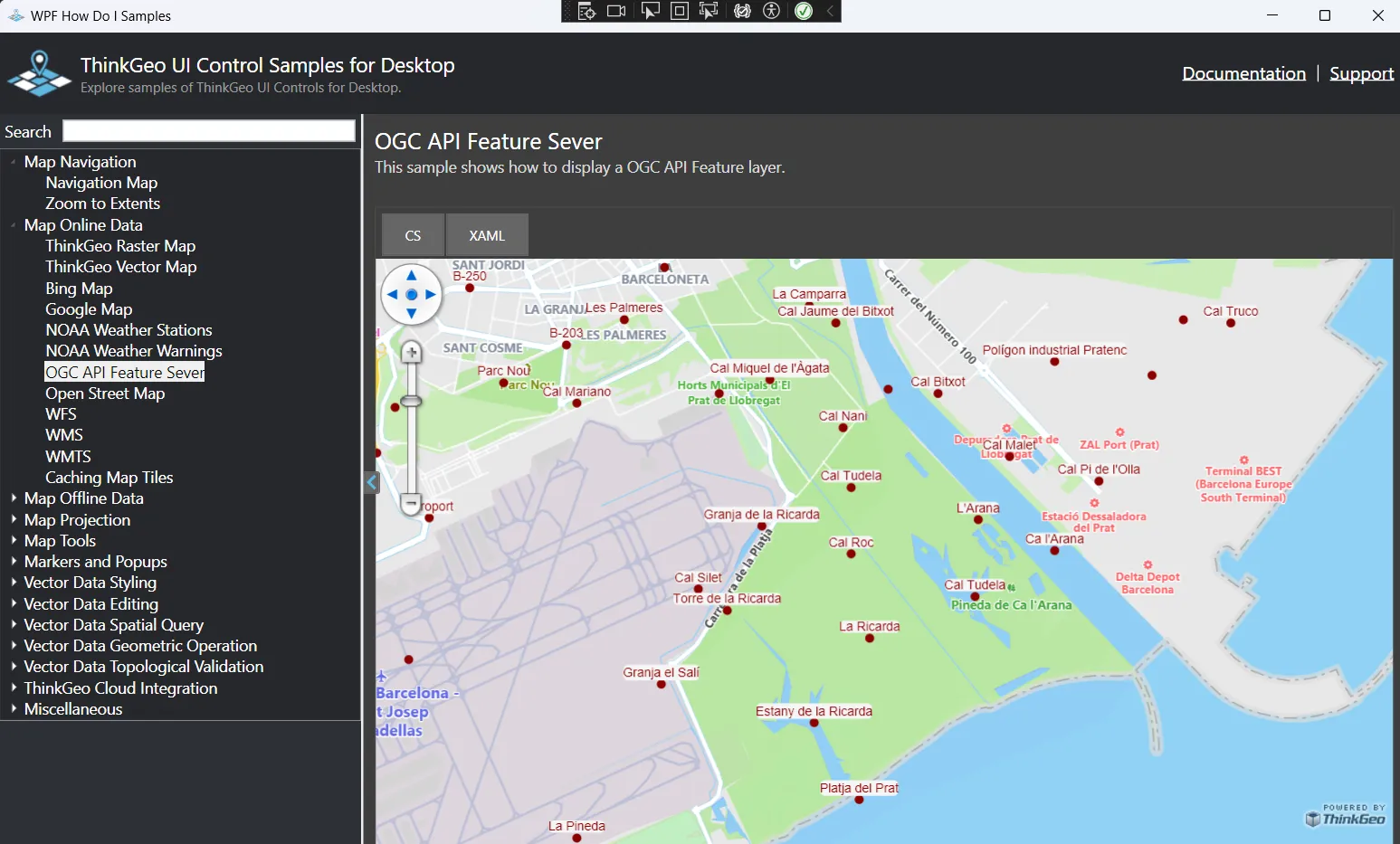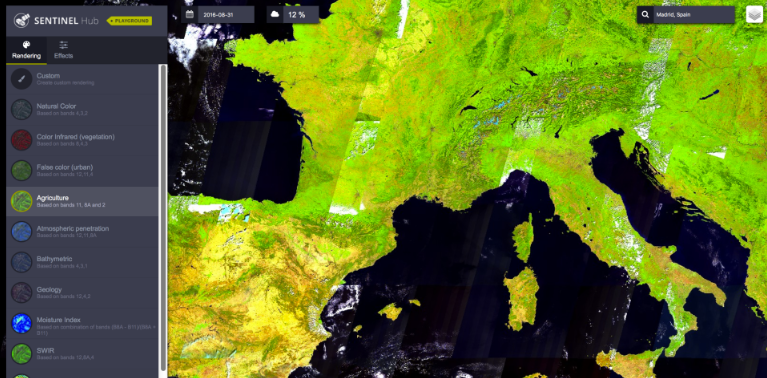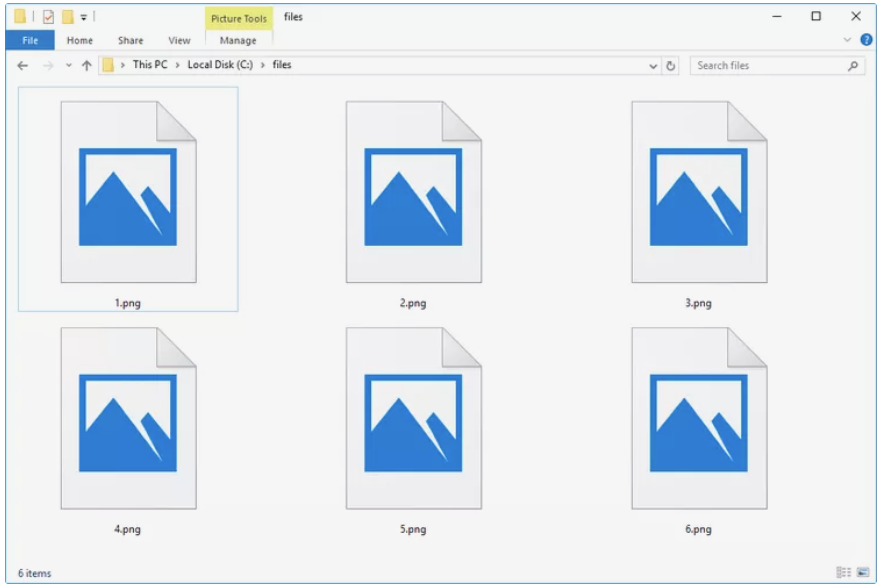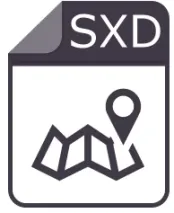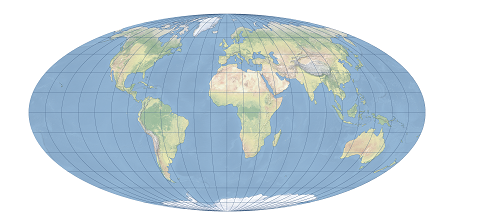OGC API - Features
OGC API - Features is one of the next generation Web API specifications developed by the OGC (Open Geospatial Consortium), the international standardization organization for geospatial information, to standardize the access and operation of vector data (features). It is a modernized specification of the traditional WFS (Web Feature Service), and its RESTful structure and lightweight JSON-based data format make it highly compatible with the Web and cloud environments, making it very suitable for integration into mobile and Web applications.
2025-09-16 14:47:14Sentinel Hub - ESA
Sentinel Hub is a cloud API platform for satellite imagery operated by the European Space Agency (ESA). It supports the Sentinel series of satellites (such as Sentinel-1, Sentinel-2, Sentinel-3, etc.), as well as other data sources such as Landsat and MODIS. The platform uses APIs to enhance access to satellite data. Users can process data of interest through its APIs and access these data in the required format to obtain analysis-ready data (ARD) without additional cleanup. Sentinel Hub provides functions such as EO Browser (interactive visualization tool) and Custom Script (JavaScript-based API, which can customize algorithms for batch processing of data), supports OGC services (such as WMS/WMTS/WCS protocols), and can be integrated into GIS software (such as QGIS).
2025-09-16 14:47:17Google Maps API
Google Maps API is a service provided by Google that integrates online maps and geospatial data. It allows map functions to be embedded in websites and mobile applications, and is a powerful developer tool that can be used to display geographic information in a visual and interactive way.
2025-09-16 14:47:16PNG (Portable Network Graphics)
PNG (Portable Network Graphics) is a commonly used image file format that is also widely used in GIS. It is a lossless compressed bitmap image format designed to replace the older GIF format. It supports 256 colors and transparency, and can be edited and saved multiple times without losing image quality. PNG files can store high-quality images with small file sizes and good image details.
2025-09-16 14:47:55BSQ(Band Sequential)
BSQ (Band Sequential) is a file format for storing multi-band raster data, which is widely used in remote sensing, geographic information system (GIS), image processing and other fields. BSQ is a format that stores data in band order. The data of each band is arranged in a linear manner, and the storage structure is simple and efficient.
2025-09-16 14:47:31GeoJSON
GeoJSON is a geospatial data format based on the JSON (JavaScript Object Notation) standard, used to represent simple geographic features and their attributes. It stores geographic data (such as points, lines, polygons, etc.) together with related attribute information, and is widely used in Web map services, GIS (Geographic Information System), data visualization, and geographic data exchange.
2025-09-16 14:47:21SXD (ArcGIS Desktop Symbology Extension)
In GIS, SXD refers to the ArcGIS Desktop archive file format. SXD files are a file format that stores symbol styles and rendering settings used in ArcGIS Desktop. They contain map element styles, colors, symbols, labels, and other display attribute information, and are used to quickly apply the same style settings to other map layers and projects. SXD files allow map styles to be easily shared and reused, improving efficiency and consistency in cartography.
2025-09-16 14:47:46IMG(ERDAS IMAGINE Image File)
IMG file is an image data file format developed by ERDAS IMAGINE software, designed for remote sensing image and geospatial data processing. As a flexible and widely supported raster data format, IMG is widely used in remote sensing, geographic information system (GIS), land cover analysis and other fields.
2025-09-16 14:47:27Mollweide Projection
Mollweide Projection is an equal-area pseudocylindrical projection proposed by German mathematician Karl Brandan Mollweide in 1805. The projection maps the earth’s surface onto a flat surface through mathematical transformation, aiming to maintain the accuracy of area ratio while minimizing the distortion of shape and direction. The central meridian of the Mollweide projection is a straight line, the other meridians are symmetrical elliptical arcs, the parallels are parallel straight lines, and the length of the equator is twice the length of the central meridian.
2025-09-16 14:47:03
 Service
Service

